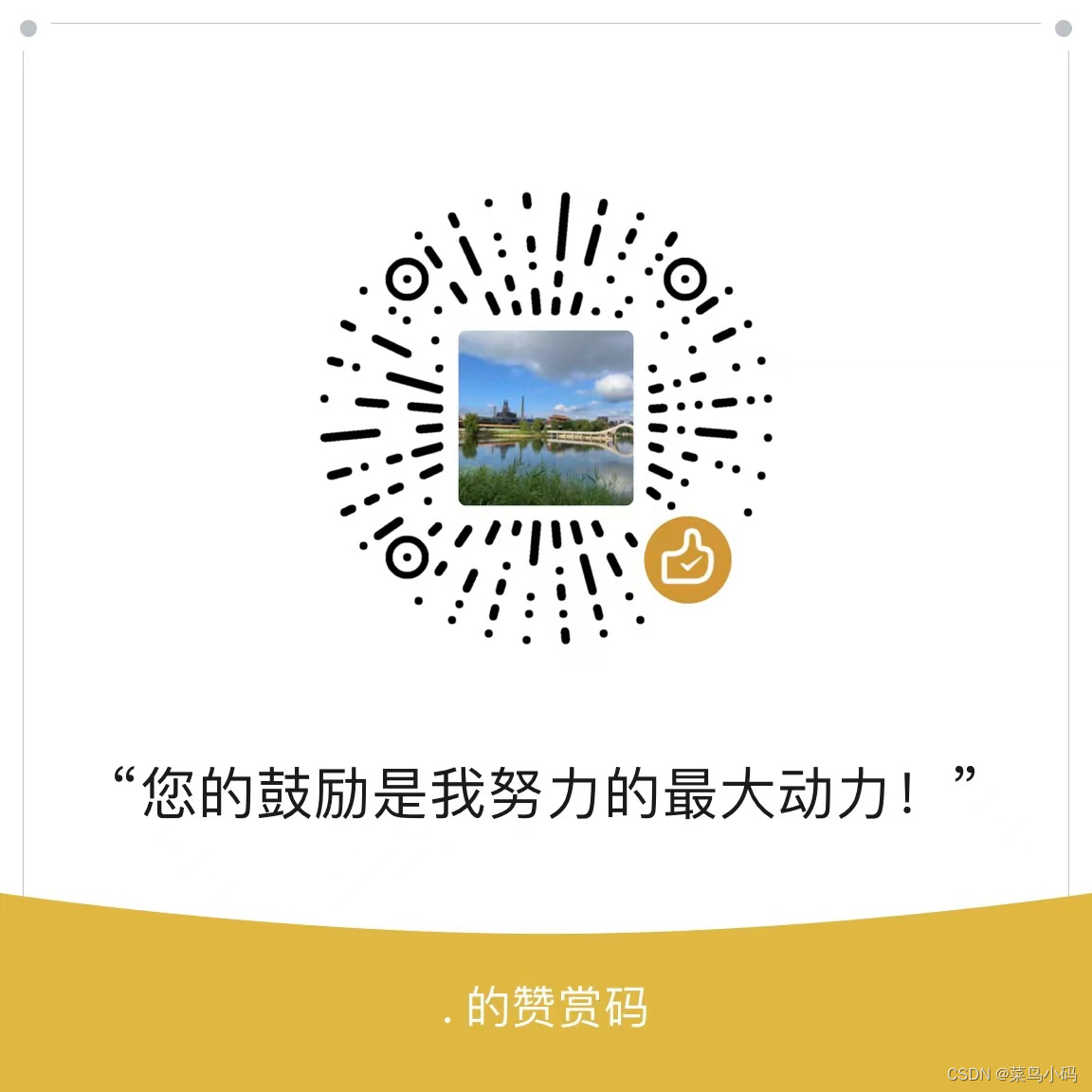文章目录
- 一、背景需求
- 二、处理步骤
- 图片预处理
- 检测到答题卡轮廓
- 透视变换
- 找每个圆圈的轮廓
- 轮廓排序
- 判断是否答题正确
一、背景需求
传统的手动评分方法耗时且容易出错,自动化评分可以可以显著提高评分过程的速度和准确性、减少人工成本。
答题卡图片处理效果如下:


二、处理步骤
图片预处理
# 读图片
img = cv2.imread('./images/test_01.png')
cv_show('img', img)
# 变成黑白图片
gray = cv2.cvtColor(img, cv2.COLOR_BGR2GRAY)# 去掉一些噪点
blurred = cv2.GaussianBlur(gray, (5, 5), 0)
cv_show('blurred', blurred)# 边缘检测
edged = cv2.Canny(blurred, 75, 200)
cv_show('edged', edged)检测到答题卡轮廓
# 检测轮廓
cnts = cv2.findContours(edged.copy(), cv2.RETR_EXTERNAL, cv2.CHAIN_APPROX_SIMPLE)[1]
# 画轮廓会修改被画轮廓的图.
contours_img = img.copy()
cv2.drawContours(contours_img, cnts, -1, (0, 0, 255), 3)
cv_show('contous_img', contours_img)
# 确保我们拿到的轮廓是答题卡的轮廓.
if len(cnts) > 0:# 根据轮廓面积对轮廓进行排序.cnts = sorted(cnts, key=cv2.contourArea, reverse=True)# 遍历每一个轮廓for c in cnts:# 计算周长perimeter = cv2.arcLength(c, True)# 得到近似的轮廓approx = cv2.approxPolyDP(c, 0.02 * perimeter, True)# 近似完了之后, 应该只剩下4个角的坐标.
# print(c)
# print(approx)if len(approx) == 4:# 保存approxdocCnt = approx# 找到答题卡近似轮廓, 直接推荐.break

透视变换
# 把透视变换功能封装成一个函数
def four_point_transform(image, pts):# 对输入的4个坐标排序rect = order_points(pts)(tl, tr, br, bl) = rect# 空间中两点的距离widthA = np.sqrt((br[0] - bl[0]) ** 2 + (br[1] - bl[1]) ** 2)widthB = np.sqrt((tr[0] - tl[0]) ** 2 + (tr[1] - tl[1]) ** 2)max_width = max(int(widthA), int(widthB))heightA = np.sqrt((tr[0] - br[0]) ** 2 + (tr[1] - br[1]) ** 2)heightB = np.sqrt((tl[0] - bl[0]) ** 2 + (tl[1] - bl[1]) ** 2)max_height = max(int(heightA), int(heightB))# 构造变换之后的对应坐标位置.dst = np.array([[0, 0],[max_width - 1, 0],[max_width - 1, max_height - 1],[0, max_height - 1]], dtype='float32')# 计算变换矩阵M = cv2.getPerspectiveTransform(rect, dst)# 透视变换warped = cv2.warpPerspective(image, M, (max_width, max_height))return warped
透视变化后二值化:
thresh = cv2.threshold(warped, 0, 255, cv2.THRESH_BINARY_INV | cv2.THRESH_OTSU)[1]
cv_show('thresh', thresh)

此时图片预处理好后如果需要 OCR 文本识别可借助 tesseract 工具识别文字
import pytesseract
from PIL import Image
# pytesseract要求的image不是opencv读进来的image, 而是pillow这个包, 即PIL,按照 pip install pillow
text = pytesseract.image_to_string(Image.open('./scan.jpg'))
print(text)
找每个圆圈的轮廓
# 找到每一个圆圈的轮廓
cnts = cv2.findContours(thresh, cv2.RETR_EXTERNAL, cv2.CHAIN_APPROX_SIMPLE)[1]
thresh_contours = thresh.copy()
cv2.drawContours(thresh_contours, cnts, -1, 255, 3)
cv_show('thresh_contours', thresh_contours)
plt.imshow(thresh_contours, cmap='gray')# 遍历所有的轮廓, 找到特定宽高和特定比例的轮廓, 即圆圈的轮廓.
question_cnts = []
for c in cnts:# 找到轮廓的外接矩形(x, y, w, h) = cv2.boundingRect(c)# 计算宽高比ar = w / float(h)# 根据实际情况制定标准.if w >= 20 and h >= 20 and 0.9 <= ar <= 1.1:question_cnts.append(c)

轮廓排序
对轮廓按照y轴排序
# 轮廓排序功能封装成函数
def sort_contours(cnts, method='left-to-right'):reverse = False# 排序的时候, 取x轴数据, i=0, 取y轴数据i =1i = 0if method == 'right-to-left' or method == 'bottom-to-top':reverse = True# 按y轴坐标排序if method == 'top-to-bottom' or method == 'bottom-to-top':i = 1# 计算每个轮廓的外接矩形bounding_boxes = [cv2.boundingRect(c) for c in cnts](cnts, bounding_boxes) = zip(*sorted(zip(cnts, bounding_boxes), key=lambda b: b[1][i], reverse=reverse))return cnts, bounding_boxes
# 按照从上到下的顺序对question_cnts排序.
question_cnts = sort_contours(question_cnts, method='top-to-bottom')[0]
判断是否答题正确
进一步按照x轴排序,构造圆圈轮廓的掩膜得出答案,最后和正确答案比较评判答题卡分数。
# 正确答案
ANSWER_KEY = {0:1, 1:4, 2:0, 3:3, 4:1}
correct = 0
for (q, i) in enumerate(np.arange(0, 25, 5)):
# print(q, i)# 每次取出5个轮廓, 再按照x轴坐标从小到大排序cnts = sort_contours(question_cnts[i: i + 5])[0]bubbled = None# 遍历每一个结果for (j, c) in enumerate(cnts):# 使用掩膜, 即maskmask = np.zeros(thresh.shape, dtype='uint8')cv2.drawContours(mask, [c], -1, 255, -1)
# cv_show('mask', mask)# 先做与运算mask = cv2.bitwise_and(thresh, thresh, mask=mask)
# cv_show('mask', mask)# 计算非零个数, 选择的选项, 非零个数比较多, 没选中的选项非零个数少一些total = cv2.countNonZero(mask)if bubbled is None or total > bubbled[0]:bubbled = (total, j)color = (0, 0, 255)k = ANSWER_KEY[q]# 判断是否做题正确if k == bubbled[1]:correct += 1color = (0, 255, 0)# 绘图cv2.drawContours(warped, [cnts[k]], -1, color, 3)# 计算分数
print(correct)
score = (correct / 5.0) * 100
print(f'score: {score:.2f}%')
cv2.putText(warped, str(score) + '%', (10, 30), cv2.FONT_HERSHEY_SIMPLEX, 0.9, (0, 0, 255), 2)
cv_show('result', warped)



















